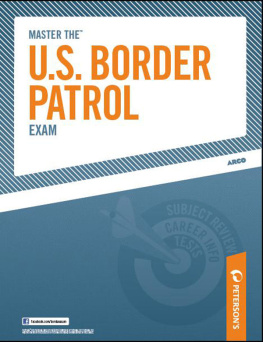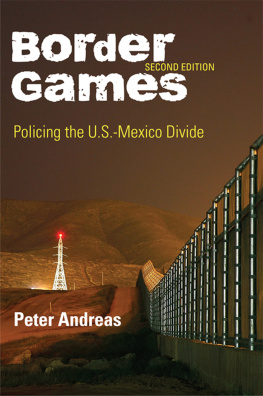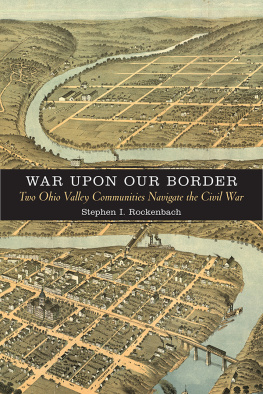Allison Dorothy Fredette - Marriage on the Border: Love, Mutuality, and Divorce in the Upper South during the Civil War
Here you can read online Allison Dorothy Fredette - Marriage on the Border: Love, Mutuality, and Divorce in the Upper South during the Civil War full text of the book (entire story) in english for free. Download pdf and epub, get meaning, cover and reviews about this ebook. year: 2020, publisher: University Press of Kentucky, genre: Politics. Description of the work, (preface) as well as reviews are available. Best literature library LitArk.com created for fans of good reading and offers a wide selection of genres:
Romance novel
Science fiction
Adventure
Detective
Science
History
Home and family
Prose
Art
Politics
Computer
Non-fiction
Religion
Business
Children
Humor
Choose a favorite category and find really read worthwhile books. Enjoy immersion in the world of imagination, feel the emotions of the characters or learn something new for yourself, make an fascinating discovery.

- Book:Marriage on the Border: Love, Mutuality, and Divorce in the Upper South during the Civil War
- Author:
- Publisher:University Press of Kentucky
- Genre:
- Year:2020
- Rating:4 / 5
- Favourites:Add to favourites
- Your mark:
Marriage on the Border: Love, Mutuality, and Divorce in the Upper South during the Civil War: summary, description and annotation
We offer to read an annotation, description, summary or preface (depends on what the author of the book "Marriage on the Border: Love, Mutuality, and Divorce in the Upper South during the Civil War" wrote himself). If you haven't found the necessary information about the book — write in the comments, we will try to find it.
Not quite the Cotton Kingdom or the free labor North, the nineteenth-century border South was a land in between. Here, the eras clashing valuesslavery and freedom, city and country, industry and agriculturemet and melded. In factories and plantations along the Ohio River, a unique regional identity emerged: one rooted in kinship, tolerance, and compromise. Border families articulated these hybrid values in both the legislative hall and the home. While many defended patriarchal households as an essential part of slaveholding culture, communities on the border pressed for increased mutuality between husbands and wives.
Drawing on court records, personal correspondence, and prescriptive literature, Marriage on the Border: Love, Mutuality, and Divorce in the Upper South during the Civil War follows border southerners into their homes through blissful betrothal and turbulent divorce. Allison Dorothy Fredette examines how changing divorce laws in the border regions of Kentucky and West Virginia reveal surprisingly progressive marriages throughout the antebellum and postwar Upper South. Although many states feared that loosening marriages gender hierarchy threatened slaverys racial hierarchy, border couples redefined traditionally permanent marriages as consensual contractscomplete with rules and escape clauses. Men and women on the border built marriages on mutual affection, and when that affection faded, filed for divorce at unprecedented rates. Highlighting the tenuous relationship between racial and gendered rhetoric throughout the nineteenth century, Marriage on the Border offers a fresh perspective on the institution of marriage and its impact on the social fabric of the United States.
Allison Dorothy Fredette: author's other books
Who wrote Marriage on the Border: Love, Mutuality, and Divorce in the Upper South during the Civil War? Find out the surname, the name of the author of the book and a list of all author's works by series.









